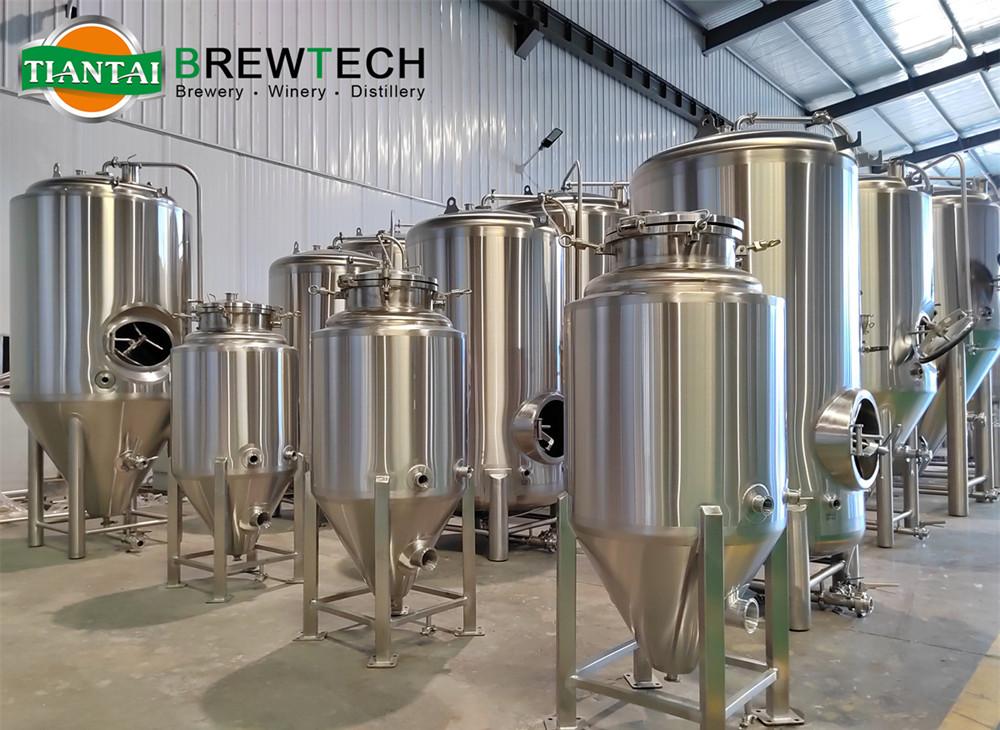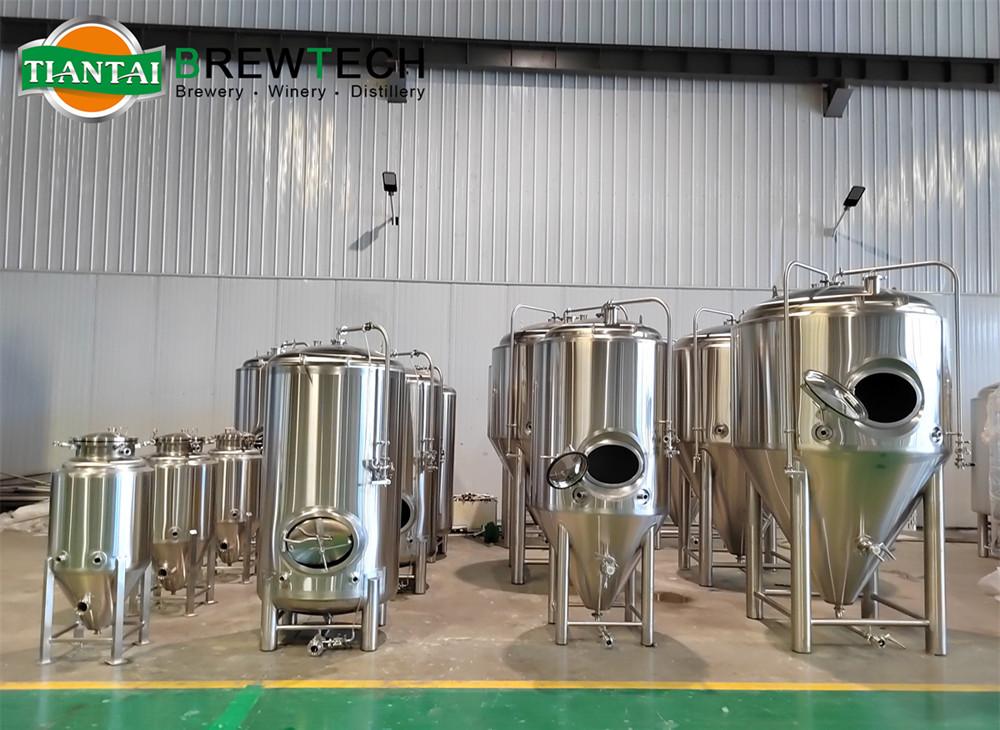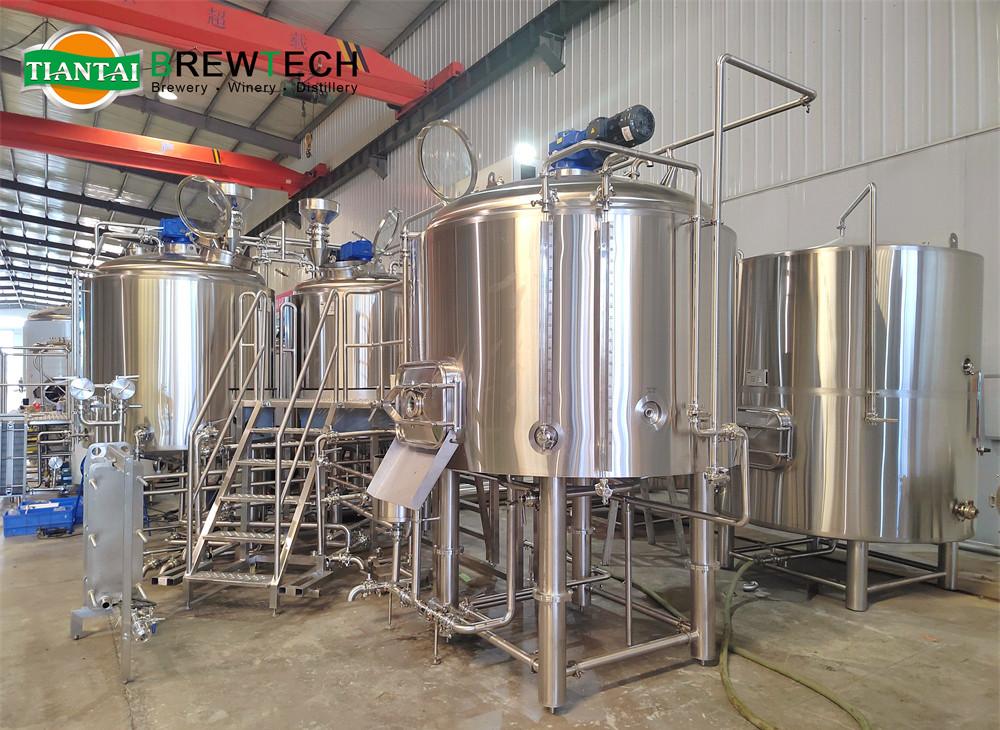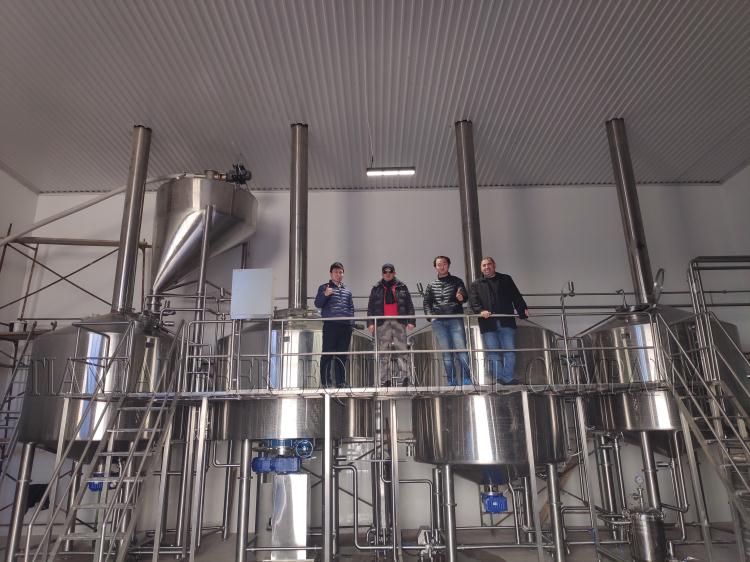However, another process that begins when yeast is deprived of sugars to consume is autolysis, which is the consumption of dead yeast by the living yeast. This process can create unpalatable flavors if left to continue for too long.


The simple answer is that there is no simple answer! The secondary fermentation can last a bit longer for beverages higher in sugar content like malty stouts or ciders and meads with high amounts of sugars coming out of primary fermentation. Since there is still sugar for the yeast to consume after primary fermentation, it doesn’t move into autolysis nearly as quickly. For beverages lower in sugar content coming out of the primary, moving directly to bottle conditioning or moving to a secondary fermenter for a shorter amount of time may be wise.
While it may be confusing at first, fermentation is a beautiful thing. How you choose to move through primary fermentation and secondary fermentation or bottle conditioning drastically changes your final product. The beauty of brewing is that the deeper you dig, the more you’ll discover, and the more enjoyable your creations will be.

More beer brewing knowledge, welcome you discuss further with us! TIANTAI Beer Equipment Company is a professional beer brewing equipment manufacturer. We will study your proposal and provide you a customize and specific brewhouse system, beer fermenters, brite tank, a turnkey microbrewery/commercial brewery project to be suitable for your beer making process.
Edited By Daisy Cai
business@cnbrewery.com


.jpg)

.jpg)

Get In Touch